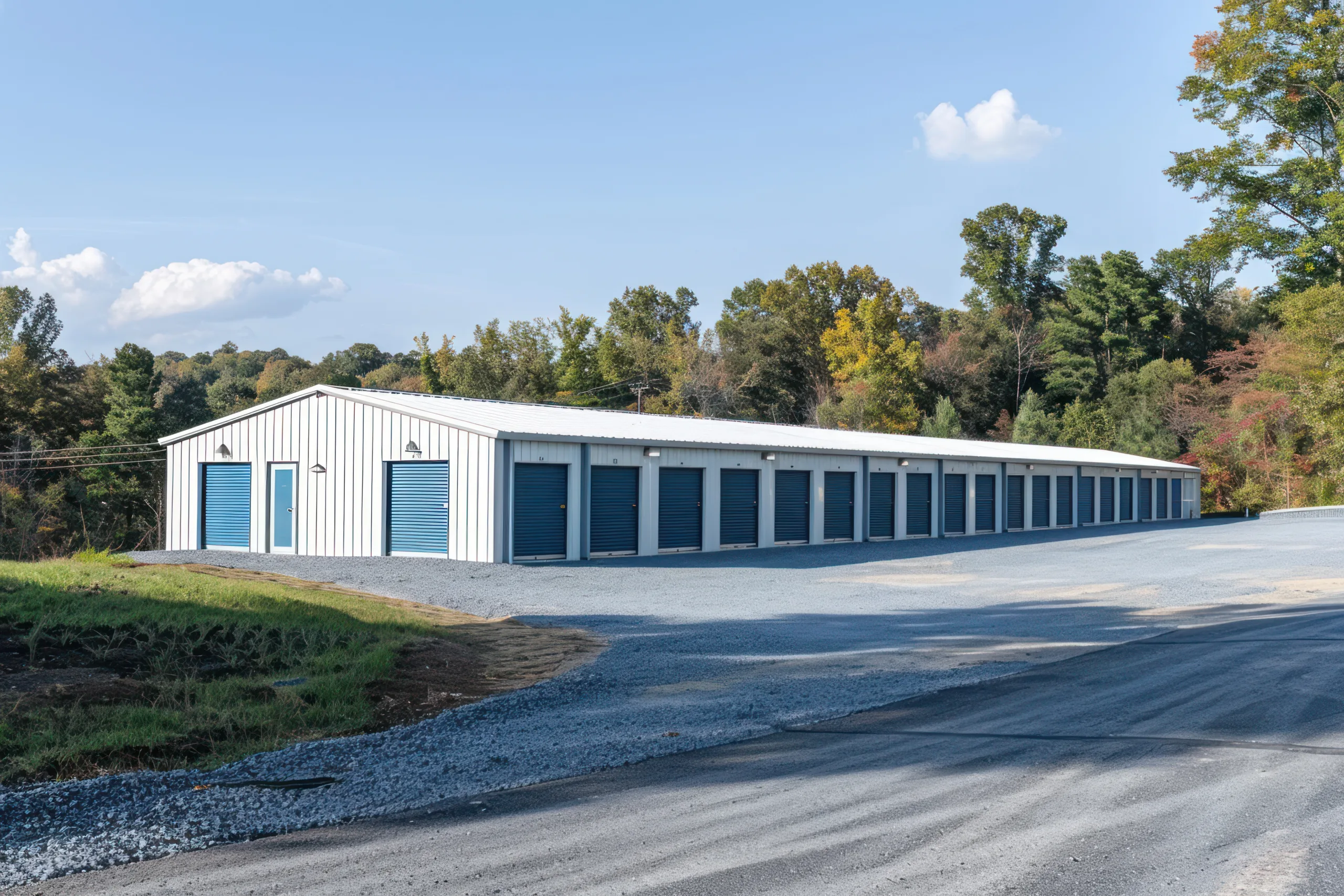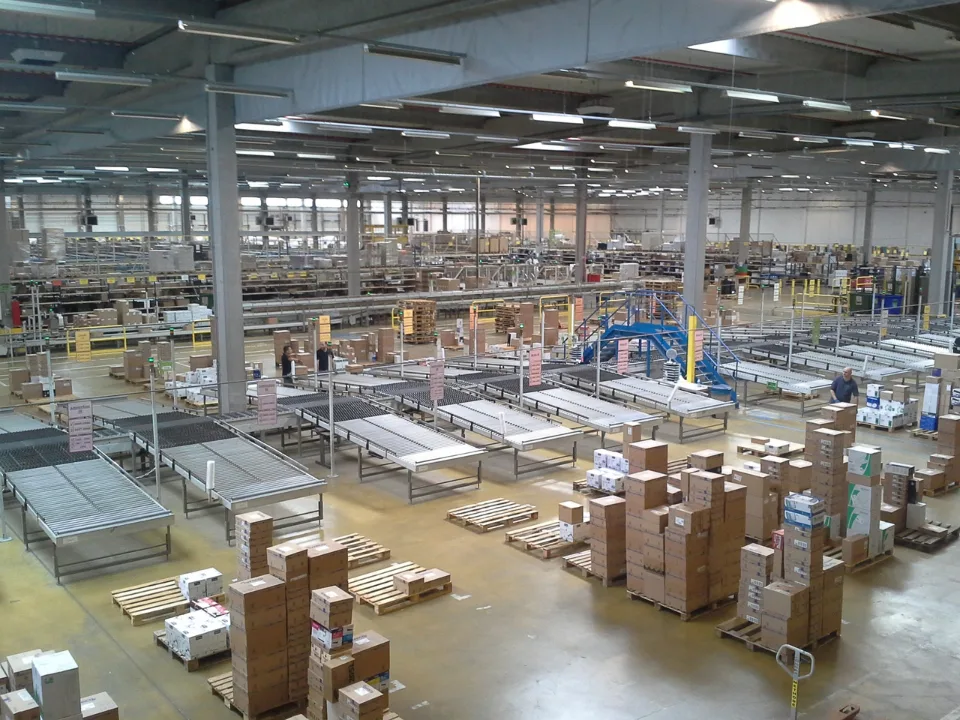- Amazon plans to have about 210 rural delivery stations operational by the end of next year, up from around 70 at the end of 2023, as part of a $4B rural expansion initiative.
- The company’s rural warehouse growth will create an estimated 100K jobs across warehouse staff and delivery drivers employed by contractors.
- This move comes amid broader pressure on tech companies to ramp up US investments following President Trump’s re-election and economic revival agenda.
Amazon is expanding its rural US footprint with dozens of delivery stations, reducing reliance on USPS and UPS, Yahoo Finance reports. The initiative, part of a strategy that began in 2020, is slated for completion by the end of 2025, with $4B earmarked for the project.
Building a Dedicated Network
At the end of 2023, Amazon operated around 70 rural delivery stations. By the close of 2025, the company expects to grow that number to about 210, according to spokesperson Alexa Clark. Amazon plans to boost efficiency and take greater control of rural deliveries, traditionally managed by third parties, though it hasn’t disclosed current facility numbers.
The company’s investment is expected to create 100K jobs, including warehouse employees and contracted delivery drivers, offering a notable boost to rural employment.
Get Smarter about what matters in CRE
Stay ahead of trends in commercial real estate with CRE Daily – the free newsletter delivering everything you need to start your day in just 5-minutes
A Political Undertone
Amazon’s expanding follows Trump’s push for major tech companies to boost investment in the US economy. Companies like Apple and Nvidia have also announced massive US spending initiatives this year. Bloomberg reports Amazon executives had even discussed coordinating a major announcement alongside Trump.
Logistics Shifts
The expansion follows UPS’s plan to cut 20K jobs and close facilities after losing shipment volume from Amazon. By building its own rural delivery network, Amazon is doubling down on independence from traditional logistics carriers.
Bloomberg recently reported Amazon is considering a $15B warehouse expansion, reversing its post-pandemic construction slowdown.
Why It Matters
As Amazon grows its self-reliant logistics operation, it strengthens its long-term cost efficiency and service reliability, especially in harder-to-reach areas. Amazon’s rural expansion promises more jobs and quicker deliveries, boosting both its customer base and its profits.

















